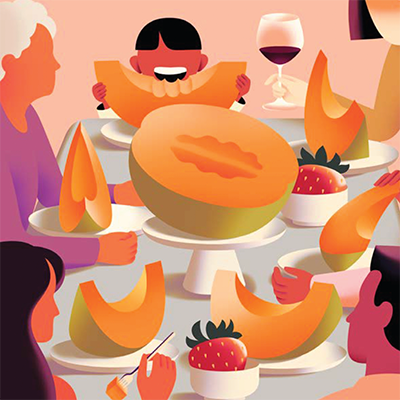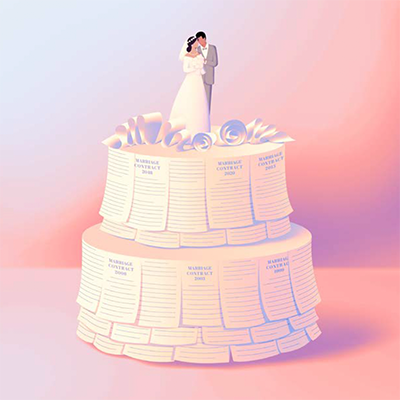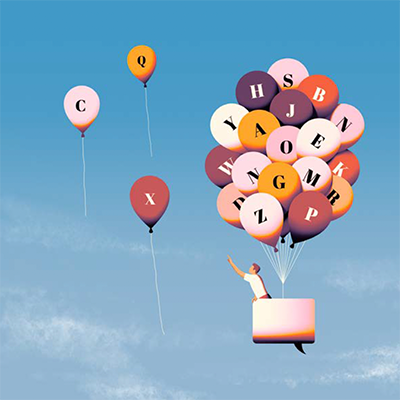In 1900, Ladies’ Home Journal ran a bold piece that would have a rich afterlife. Its headline: “What May Happen in the Next Hundred Years.”
The author, an engineer named John Elfreth Watkins, got a lot right. He predicted something uncannily close to the internet and cell phones. Then again, he was sure that C, X and Q would be gone from the alphabet.
In 2012, BBC News Magazine responded to that 1900 piece and asked readers to make their own guesses for the 2100s.
As I followed this convoluted (but fun) exchange, I wondered what Amherst faculty and staff might make of it.
So, I chose a few predictions, from 1900 and 2012, and e_pressed my _rafty _uestions. (Dear X, C and Q: Wish you were here.) This is what I learned.

“My first reaction was, Why do we want big strawberries and cantaloupes?” says Maida Ives, Amherst’s manager of farm education and operations. “Genetic breeding for crops is usually for flavor, disease resistance or yield. What value does a big strawberry bring except for novelty?”
Ives guesses that Watkins thought bigger fruits might offer proof that future farmers had learned to defeat disease microbes.
“Food trends are a combination of consumer demand and the way media writes things,” she says. “In the ’90s at Amherst, students wanted fat-free foods. In the 2000s, it was all about sustainability and how crops were grown. More recently, the trend is toward nutritious power foods.”

“We talk a lot in class about how marriage is very different now than it used to be,” says Catherine Sanderson, the Poler Family Professor of Psychology, who teaches the course “Close Relationships.”
A century ago, life expectancy was around 50; now you can be married to someone for 75 years. “That’s a long time to be tied to one person. But I actually have a much more optimistic take. I think the meaning of marriage is changing in ways that are really healthy and good.”
Studies show that marriage has historically been most advantageous for men, because women did all the cooking, cleaning and childcare. Today, those are more often shared responsibilities. Recent research on same-sex marriages reports even more equity at home.
“Maybe instead of a contract,” she suggests, “you treat it like getting an annual physical. Each year, you say to your spouse, ‘Let’s check in and see how we’re doing. Are there things we could be doing differently?’”

Then he realized that, in 1900, they were well into the terse age of the telegraph machine. “Also, many were pressing for a more fanatically compressed and pure way of writing,” Grobe says. “George Bernard Shaw had an elaborate interest in phonetics and dialects and, when he died, left a pot of money for anybody who could create a synthetic writing system in a more compressed form.”
But language, Grobe says, has never developed in the direction of simplicity. If anything, it tends toward complexity, ambiguity and inefficiency.
So thanks for sticking around, C, X and Q, to help us embrace what’s next, unequivocally.
Illustrations by Yifan Wu